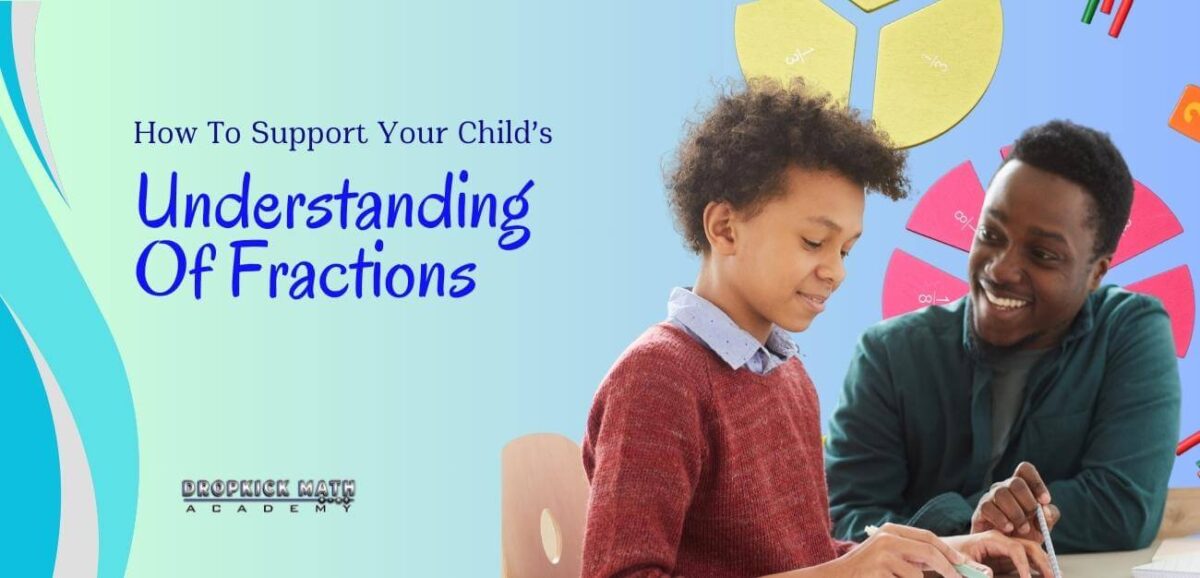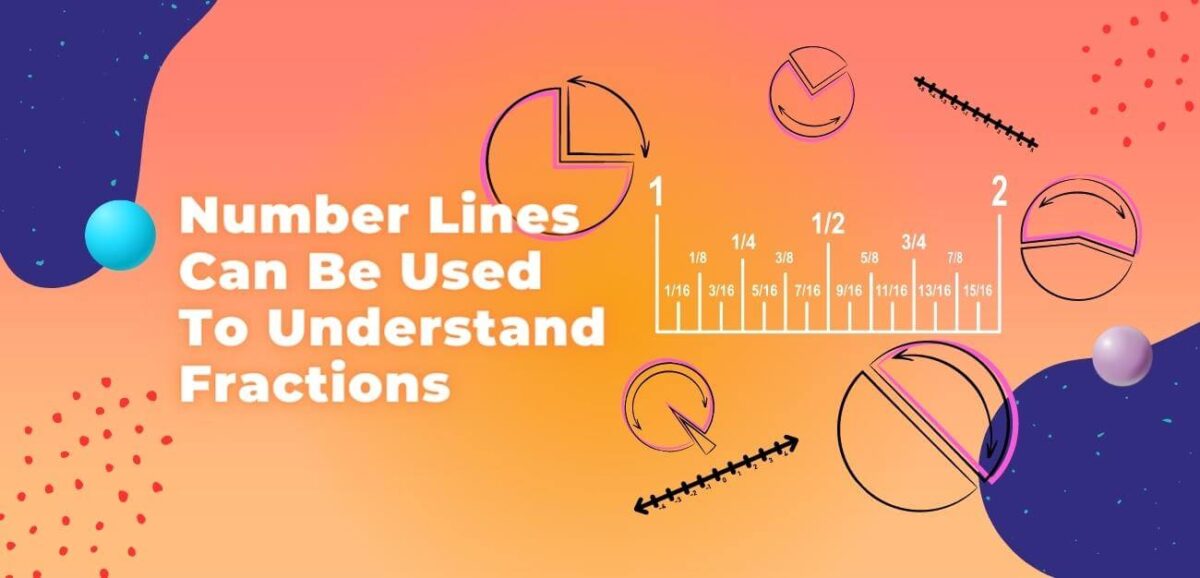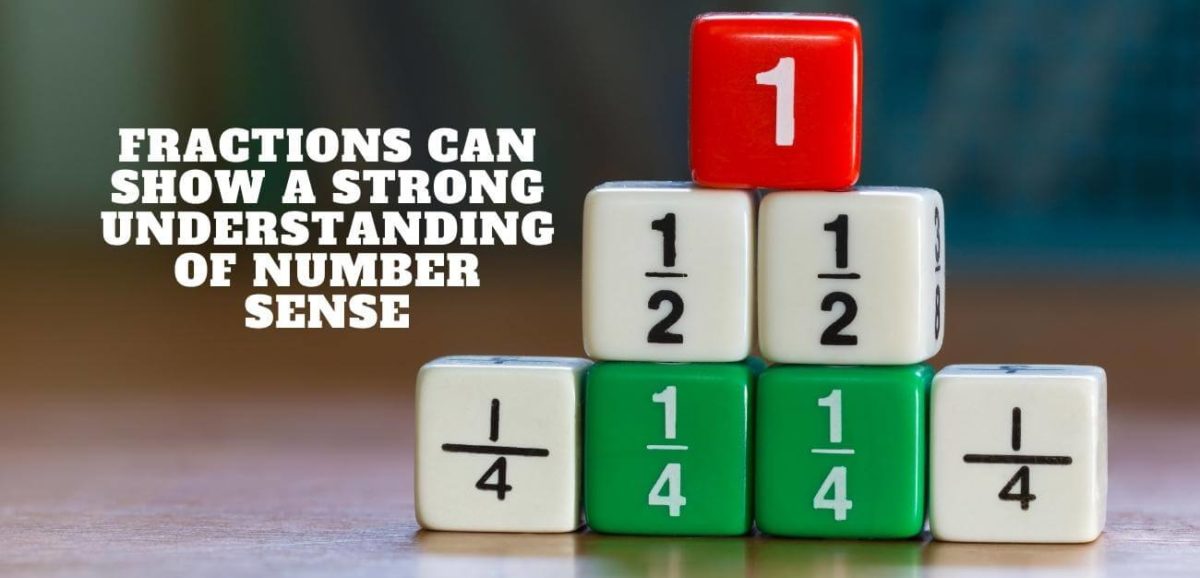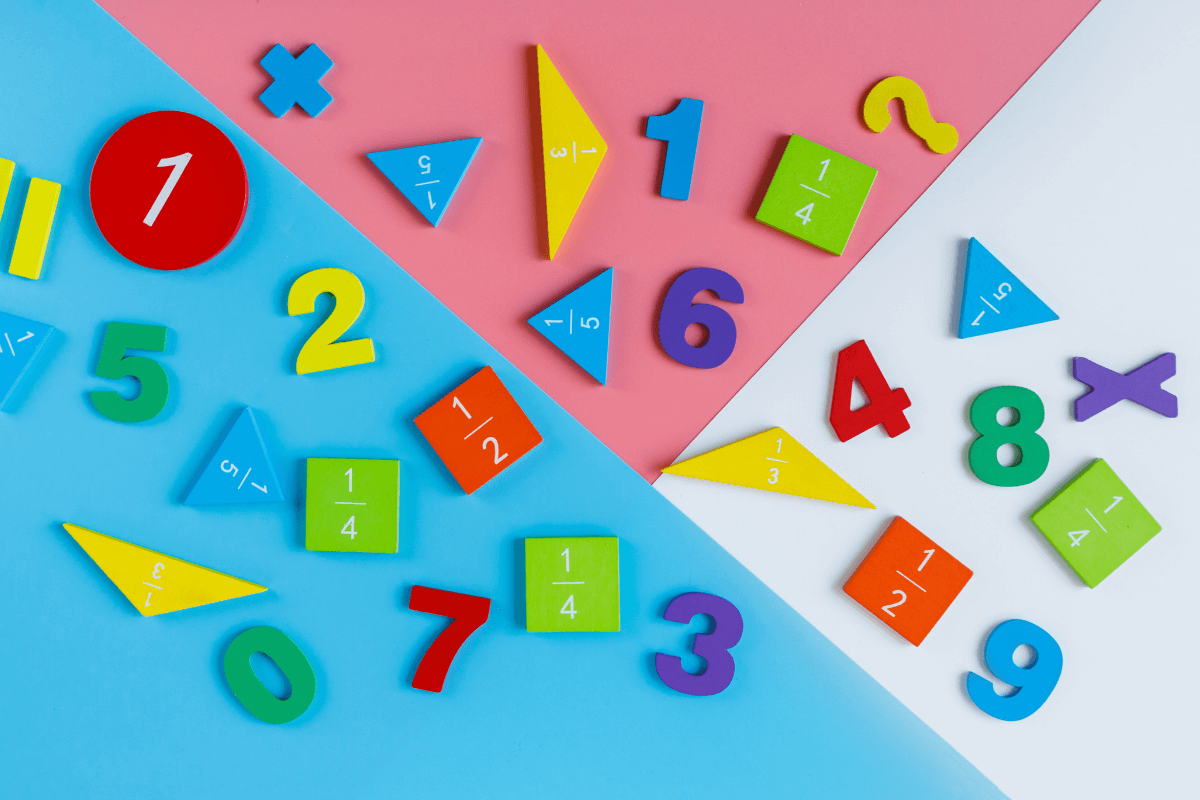Let’s face it, helping your child with fractions can feel like trying to untangle the world’s toughest knot. Does the phrase, “numerator over denominator” cause more shudders than the thought of a looming math exam? Fret not, dear parents. This isn’t just about learning mathematics. It’s about presenting a positive attitude, nurturing skills, and debunking […]








